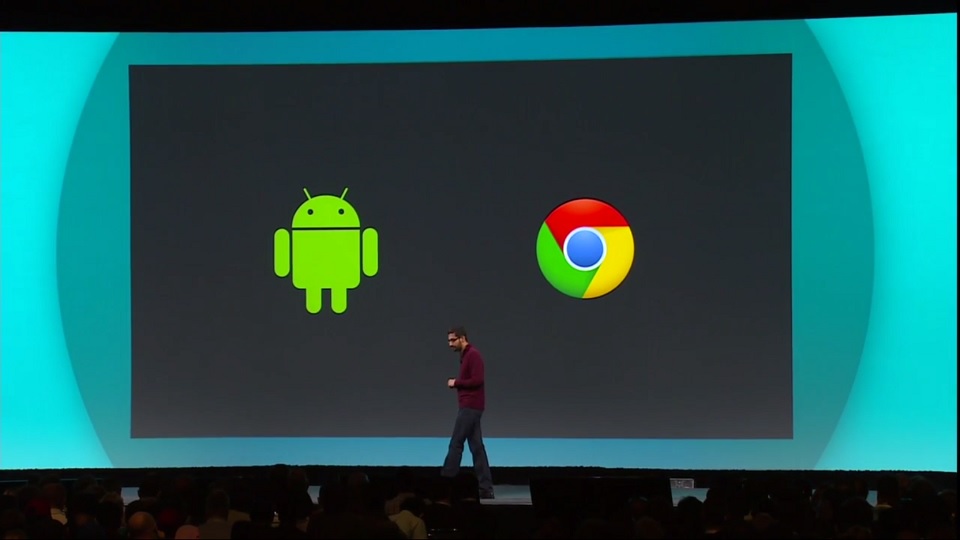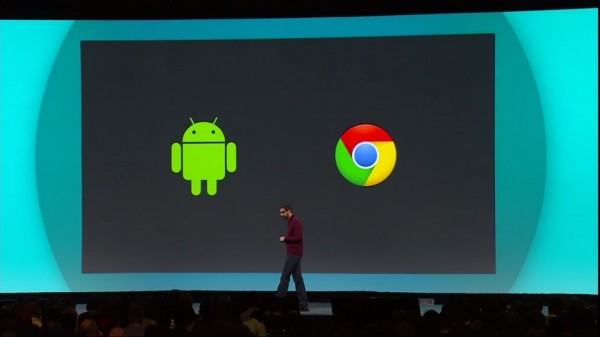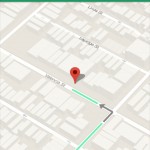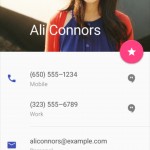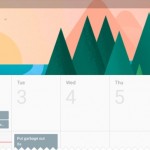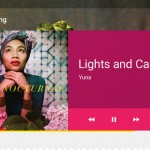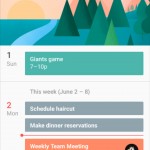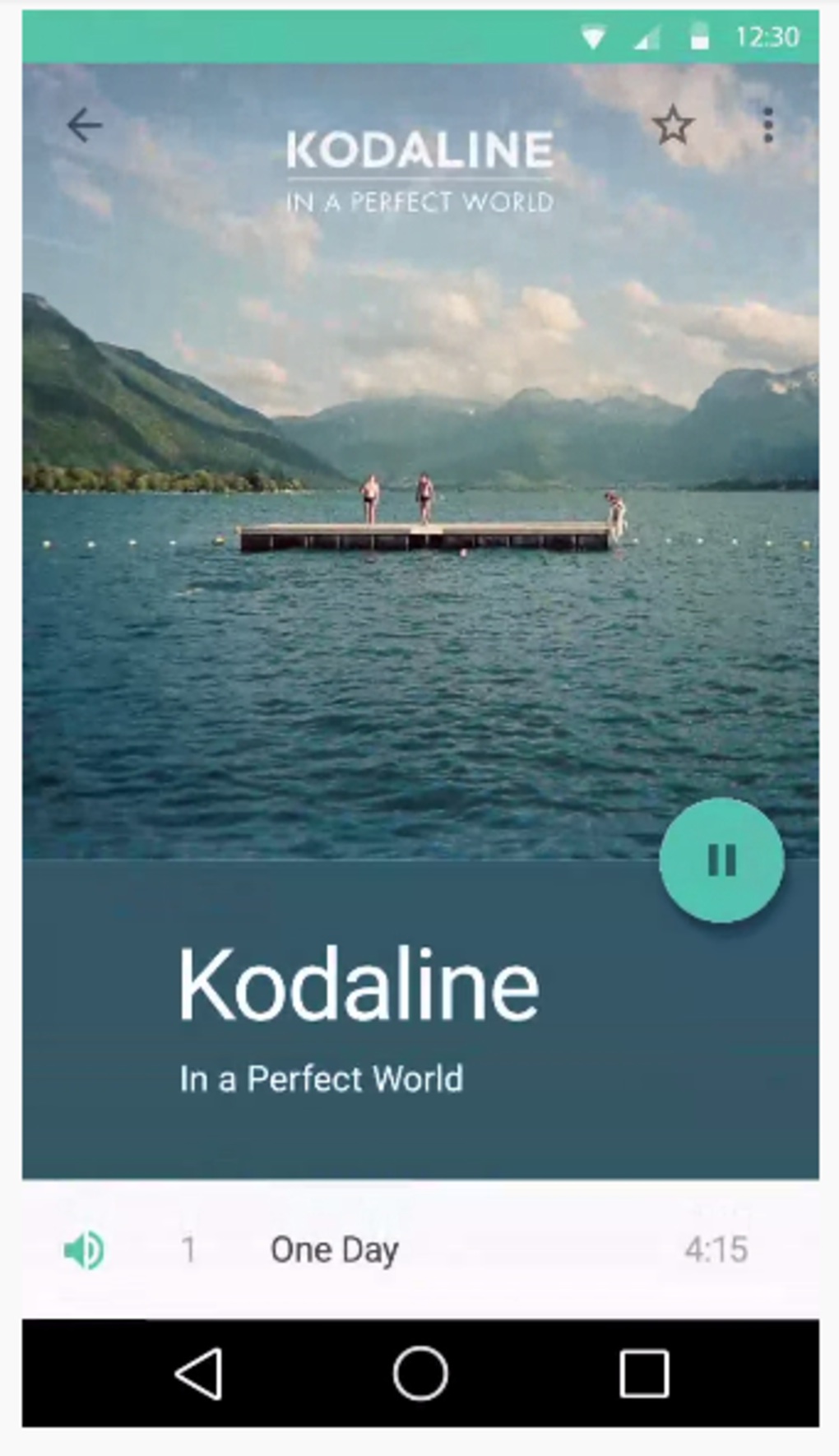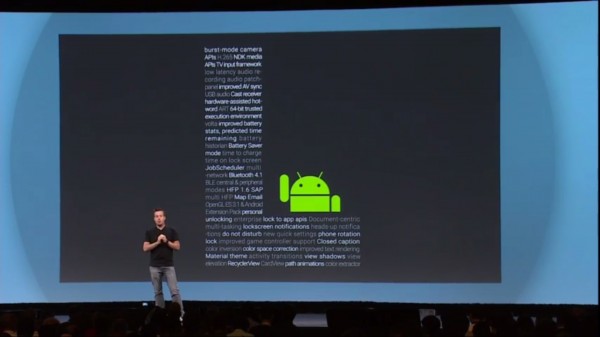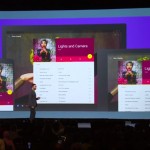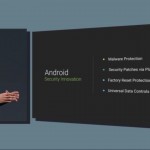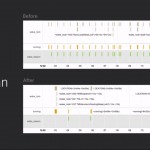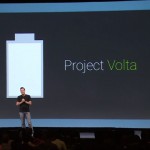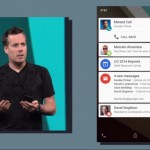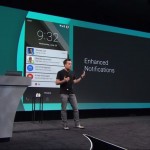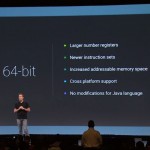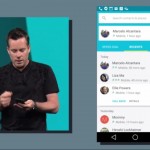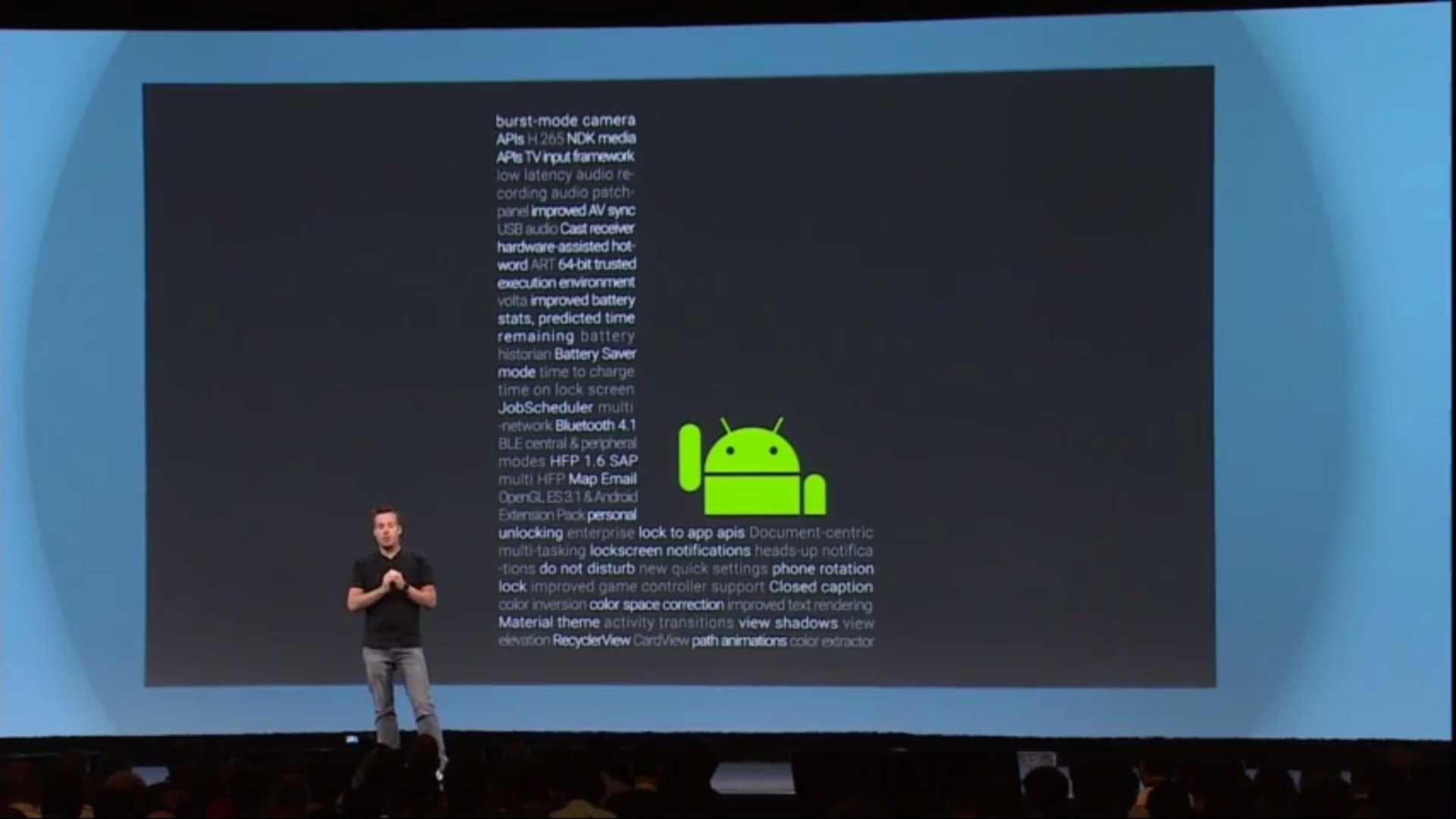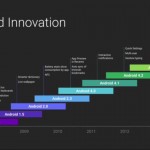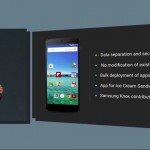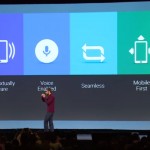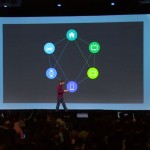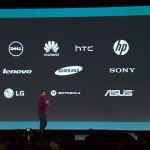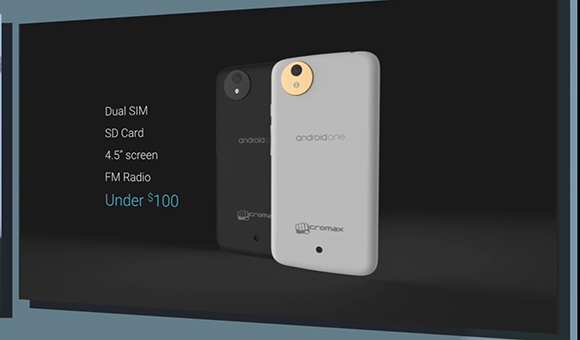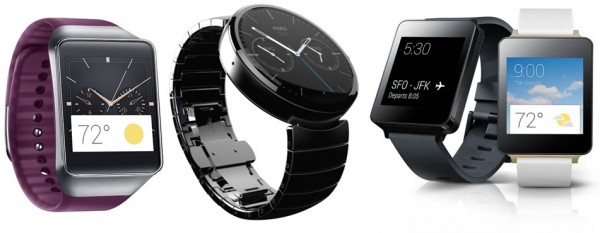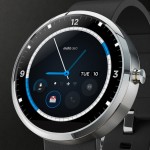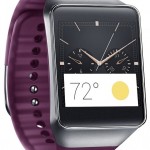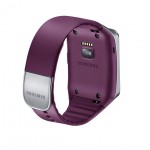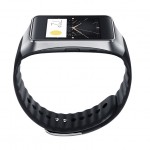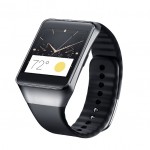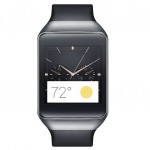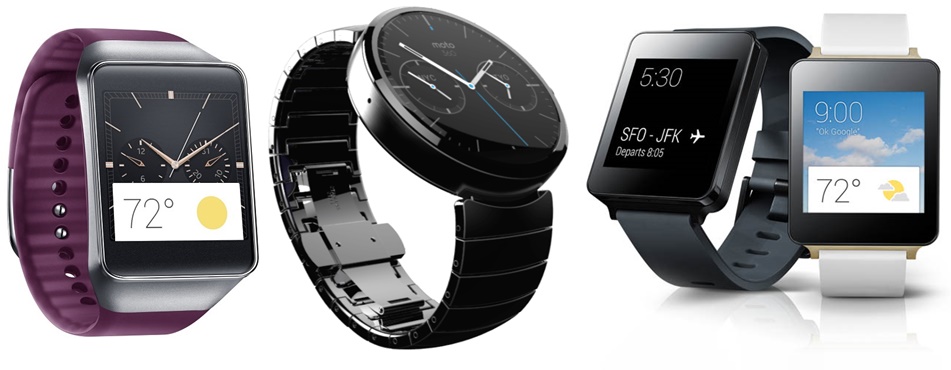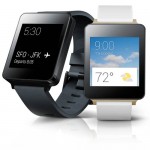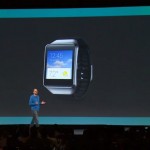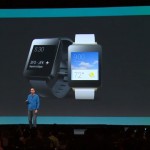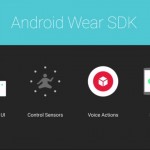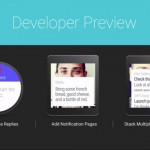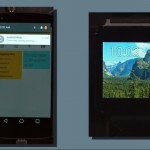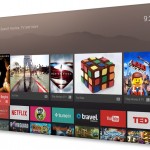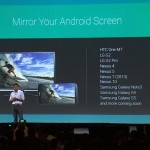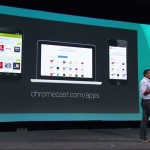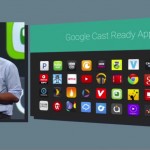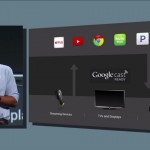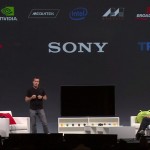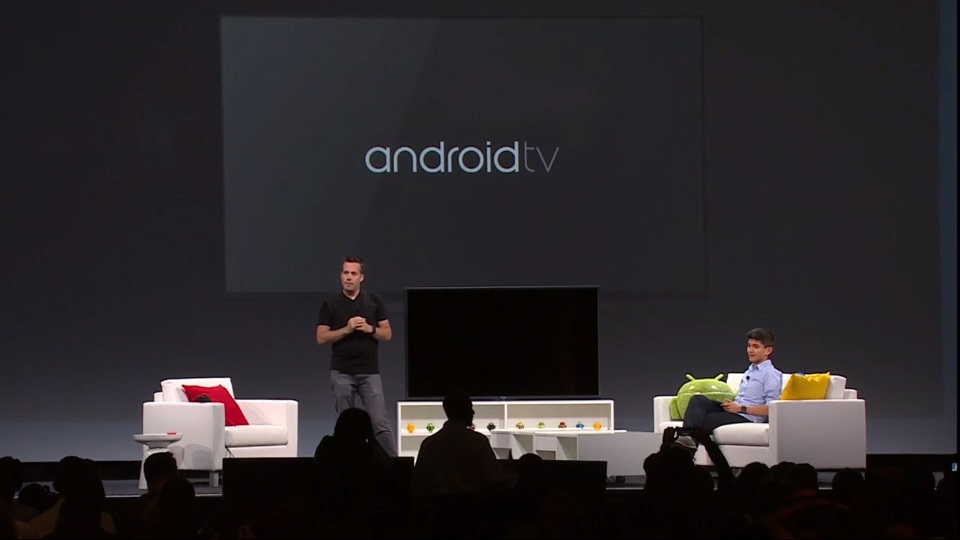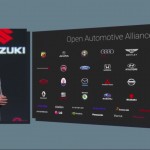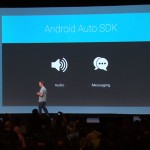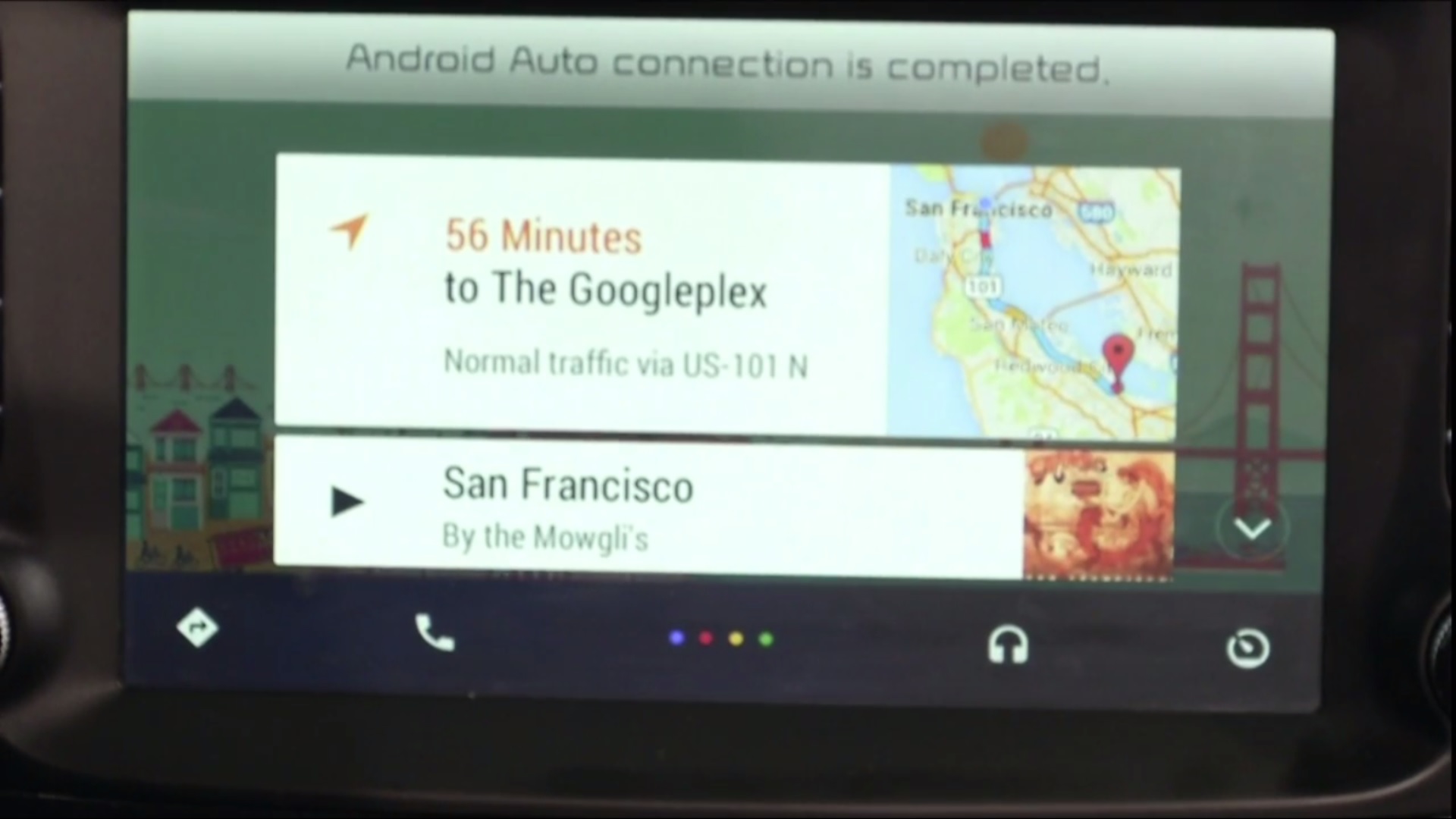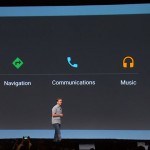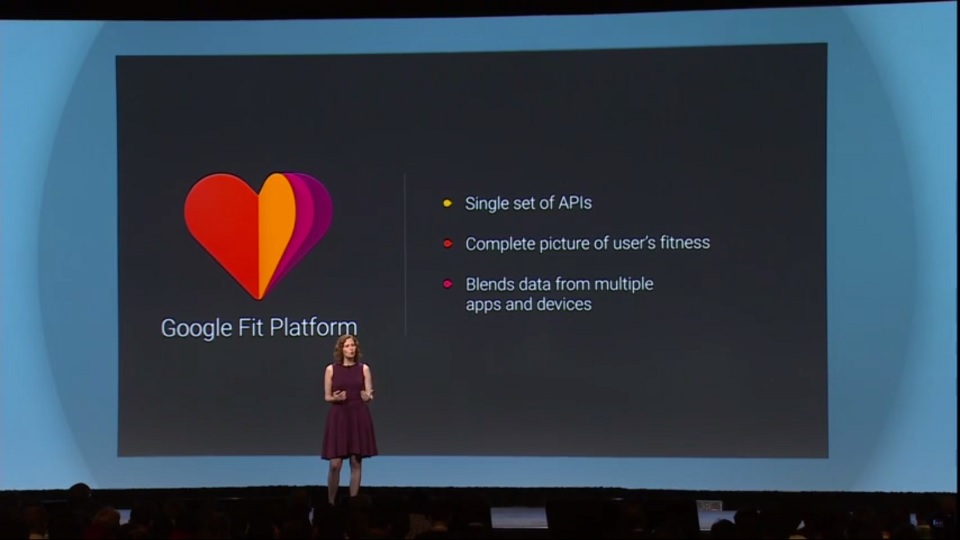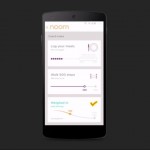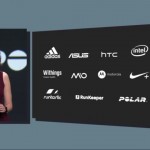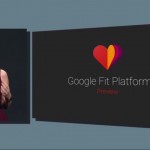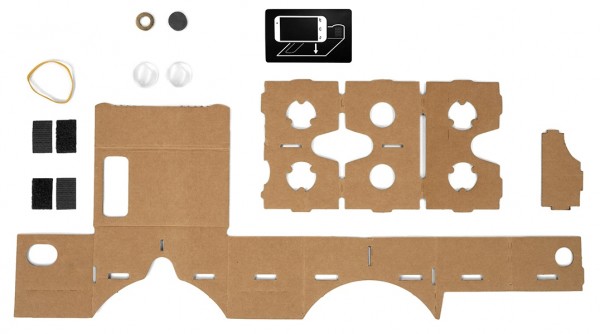This year’s Google I/O keynote was a rather interesting one, Google showing the world how contextual awareness and voice commands could be integrated across various platforms with much elegance and success, how to make a UX have depth and even how to make a VR Headset from a bunch of cardboard and other bits and pieces. Head on past the jump for a roundup on all the important things Google announced at the I/O Keynote last night!

First up, Google announced that their entire design language would be overhauled across the board, with the increasingly dated Holo UI being replaced by a more colourful, more “intuitive” one called material design. “What if a Pixel didn’t just have a colour but it had a texture as well?” That’s essentially what Material Design is about, bringing 2D pixels to life in a Z-Space with interesting transitions and effects to give it “texture” and behave like different materials. Check out our article here and video above for a better explanation.
Google still remained tight lipped about the actual name for the upcoming “Android L” and referred to it as such over the entire Keynote. We suspect that it will stay named that but if they did name it Lollipop it would suit the colourful material design makeover. Android L has brought about a focus on how elements on screen react when interacted with, aesthetically clean it’s a very nice change to what we’re used to seeing. On top of this Google have made an effort to fix the Notifications drawer, merging it with the lock screen, improve battery life and performance with Project Volta and vastly improve multitasking within the OS. According to Google, this is their largest update to date and looking at what has changed, we are not surprised.
Read in more details in our article here!
Google was also not content with having devices in the hands of existing Android smartphone users and hope to make the Android OS more accessible to the emerging markets as well. With a new initiative called Android One, Google is providing a hardware reference design and software to aid manufacturers in making decently specced and built phones reasonably affordable and tailored to the market.
Perhaps one of the biggest focuses for I/O was Android Wear. With the beautiful LG G Watch and Samsung Gear Live (going on pre order today) and the even more beautiful Moto 360 (coming later in the summer) making an appearance centrestage at the keynote, Google showed the world how smart wearables were meant to be done.
Google showed that by keeping everything in constant sync, Android Wear uses a combination of voice commands, location awareness and the creepy stalker powers of Google Now to deliver relevant data to your wrist. On top of this the way data can be pushed back and forth on the device and how it reacts to the vastly improved voice commands shows that this is possibly the best solution for a wearable we’ve seen yet.
In an effort to bring the Android OS to just about every lifestyle platform known to man, Google have also had another shot at Android TV. With this latest iteration, Google may have finally found its answer to Apple’s Apple TV. On top of some very nifty navigation and search functionality, everything is also contextually aware and it has the ability to operate BOTH from either built into the TV or from a set top box. Speaking of set top boxes, Razer is coming up with one of their own.
Check out Android TV in more detail here!
The other Platform that Google has made headway in is again in direct competition with Apple’s own CarPlay solution. Android Auto again uses the power of location and contextual awareness as well as Google Now to feed drivers the relevant info they need. On top of this with Android Auto, you can use existing buttons on the steering wheel and dashboard to control it. If you don’t want to fiddle about with buttons and dials while driving (as you shouldn’t), everything is built around voice commands too.

Next up is Google Drive for Work. Google is now offering UNLIMITED storage for a very reasonable price of US$10/Month for all business users of the service. Designers and video production crews will possibly benefit the most from the new changes made for the Google Drive For Work as it accept files of up to 5TB in size. Creating and editing documents is also refined, as Google Drive is now able to handle the entire process without first having to convert the document into a Google Doc format.
With wearables of course will come the need for fitness software. Google are coming up with their own in the form of The Google Fit Platform. The idea is that Google Fit will use the sensors found on the mobile device to collect data about the user and create better recommendations. However, Google itself has not developed any new fitness app and appears to be relying on other manufacturers to build on the platform. The company has partnered with several sports apparel brands in order to achieve this goal; and Nike fans will be glad to hear that the FuelBand was specifically mentioned.
More about the Google Fit Platform here
Last but certainly not least, on top of the announcement that Google would be giving all developers in attendance free Android Wear devices, they also said that everyone would be leaving with a rather innocuous looking cardboard folder. This turned out to be Project Cardboard, a low-cost way to use your smartphone as a virtual reality headset! Pretty cool if you ask me! Best thing is that you can even make it at home!
Check out more details for the cardboard project here!
Follow us on Instagram, Facebook, Twitter or Telegram for more updates and breaking news.


